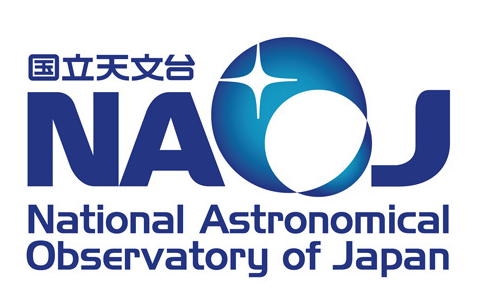ALMA is a powerful telescope that can capture planet forming regions in great detail, by observing concentrations of small dust and gas particles, that were never possible before.

Baby planets form in discs around a newborn star. With recent findings, astronomers know that plenty of planets form in older proto-planetary discs. But what about younger discs?
Proto-planetary discs only exist for a few million years, which means that all planet formation in the system must take place within this time. Until now, astronomers have not been able to pinpoint how fast planets form in these discs. After years of study and observation of proto-planetary discs, astronomers found these discs have even deeper mysterious layers of structure within them. This includes features like gaps and rings — which are important indicators of baby planets in the making.
Excited by the recent findings but even more curious, astronomers now began to explore a little deeper. They set out to find at what stage of star formation do planets really form. Using the Atacama Large Millimeter/submillimeter Array (ALMA), an international team began to observe younger discs surrounding 19 protostars. These protostars are located 650 light-years away from Earth.
To their surprise, the team saw that the younger discs were completely different from the more evolved, older proto-planetary discs. Among the 19, only a few discs had planet-forming ring and gap structures. Astronomers believe that these discs are not ready to nurture planets yet. According to the results, scientists estimate that planets begin to form faster from 100 thousand years to a million years after star formation.
Image: Images of disks around 19 protostars, including 4 binary systems observed with ALMA. For 1 binary system, disks around the primary and secondary are presented independently (2nd line rightmost and 3rd line leftmost). Disks are presented in the order of their evolutionary sequence (the one in the upper-left corner is the youngest while the one at the lower-right corner is the oldest). The two oldest disks show faint ring-gap structures.Credit: ALMA (ESO/NAOJ/NRAO), N. Ohashi et al.




















